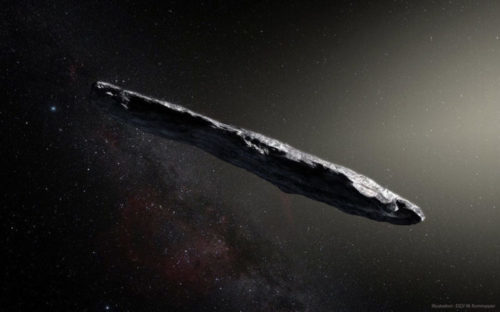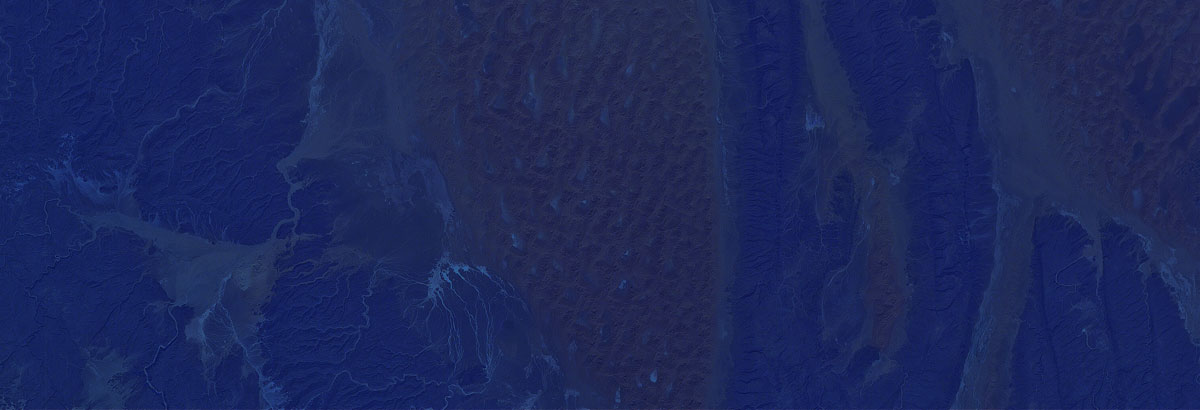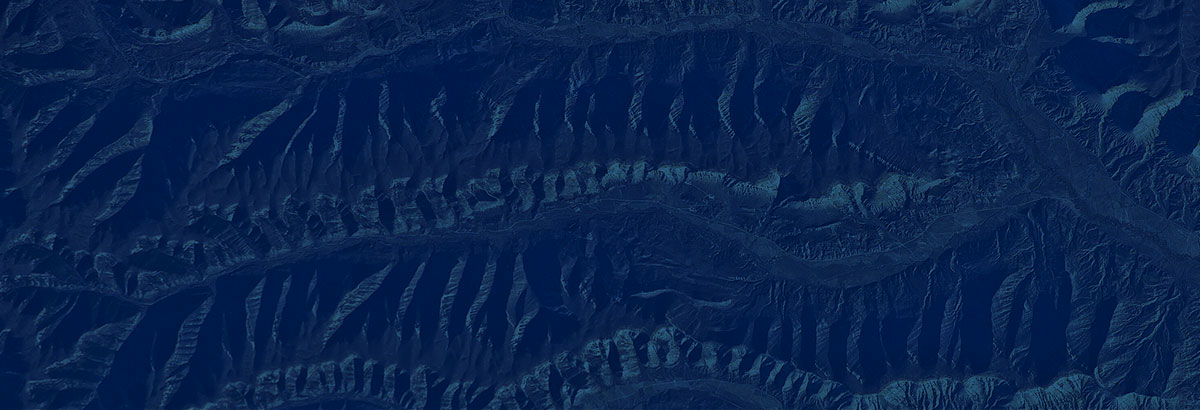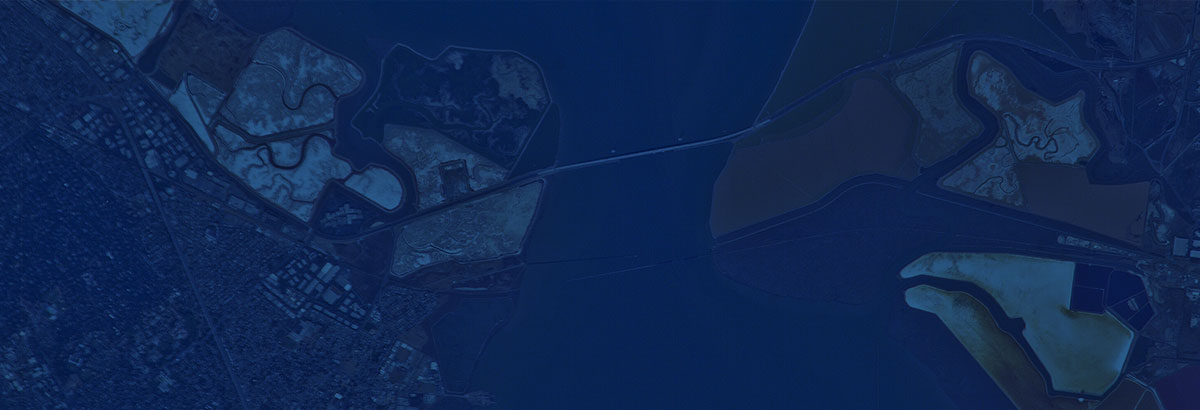‘Oumuamua Mia! Studying the First Interstellar Asteroid
November 15, 2017
Bryce Bolin, Senior Researcher at B612’s Asteroid Institute, discusses 1I/’Oumuamua, the first interstellar asteroid discovery, and how the Asteroid Institute team is studying it.
‘Oumuamua Mia!

More than three weeks ago on October 18, 2017, the first interstellar object (ISO) discovery was made. Initially designated as a comet by the Minor Planet Center, C/2017 U1, the ISO now known as 1I/’Oumuamua was soon discovered not to behave in any way like a comet should, which raised questions about its origins. Initially, the object was thought to originate far outside the solar system in a region known as the Oort cloud where it can have extreme orbits that take them careening through the inner solar system at speeds exceeding 60 km/s. What made the apparition of 1I/’Oumuamua different is that its speed was too high to have a solar system origin. As it was passing within perihelion distance, 1I was moving at 87.7 km/s, about 4.2 km/s too fast for it to be bound to the sun.
The MPC had to give 1I its own special designation because an interstellar object had never been observed before. The last time a non-man made object was seen leaving our solar system was in 1980 with the discovery of comet C/1980 E1 Bowell. C/1980 was not a true interstellar object because it originated inside our solar system and was thrown out of the confines of our Sun’s gravity because of the strong gravitational influence of Jupiter. Given that the existence is so novel, the MPC had to designate it with the number “1” and give it the name meaning “first messenger” in Hawaiian. Maybe 1I is a messenger from another star system, but what can it really tell us about where it came from?
Soon after the discovery of 1I on October 24, a wild race began between astronomers from all around the globe, and my team and I participated in order to obtain telescope data and study I1. Within two days, my fellow researchers and I obtained director’s discretionary time on the Apache Point 3.5 m telescope in Sunspot, New Mexico and obtained images of the asteroid as it passed through the desert skies.
Asteroids have been observed indirectly around other stars, but this was the first opportunity to study a piece from another solar system while it still was in the confines of ours at an unprecedented level of detail. Photometric colors and spectra telling the chemical composition of the surface of 1I were taken, and study revealed that it has a reddish color and probably came from the inner part of its original system where its host star’s heat played an important role in the formation of asteroids and planets. Additionally, the object’s rotation was studied revealing that the object was shaped like a skinny potato.
Below is an image of the object as it crosses the sky and a picture of an asteroid with a similar shape to 1I. There is also a video demonstrating what 1I/’Oumuamua would look like spinning in space.
It’s thought that objects that are elongated have plasticity and are shaped, stretched, and elongated when they encounter the gravity of a planet during a close approach. Does this imply that 1I experienced a gravitationally stretching event before it was ejected from its solar system? Time can only tell as we gather more data. Stay tuned!
My team and I have submitted our observations to The Astrophysical Journal Letters for publication of our results. You can read the full paper here.
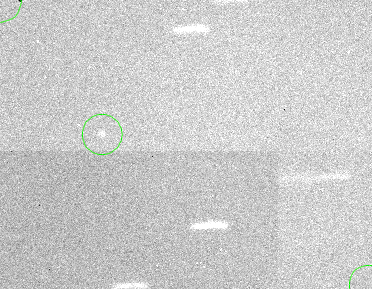
Image of 1I/’Oumuamua Asteroid as it Crosses the Sky
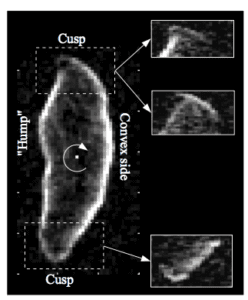
Asteroid with a Similar Shape to 1I/’Oumuamua
This demonstrates what the asteroid would look like
spinning in space. (Video by Peter Veres at Harvard CFA/MPC)
For further information, please see the B612 Press Release titled, “B612 Asteroid Institute Provides Valuable Analysis to Discovery of ‘Oumuamua.”









